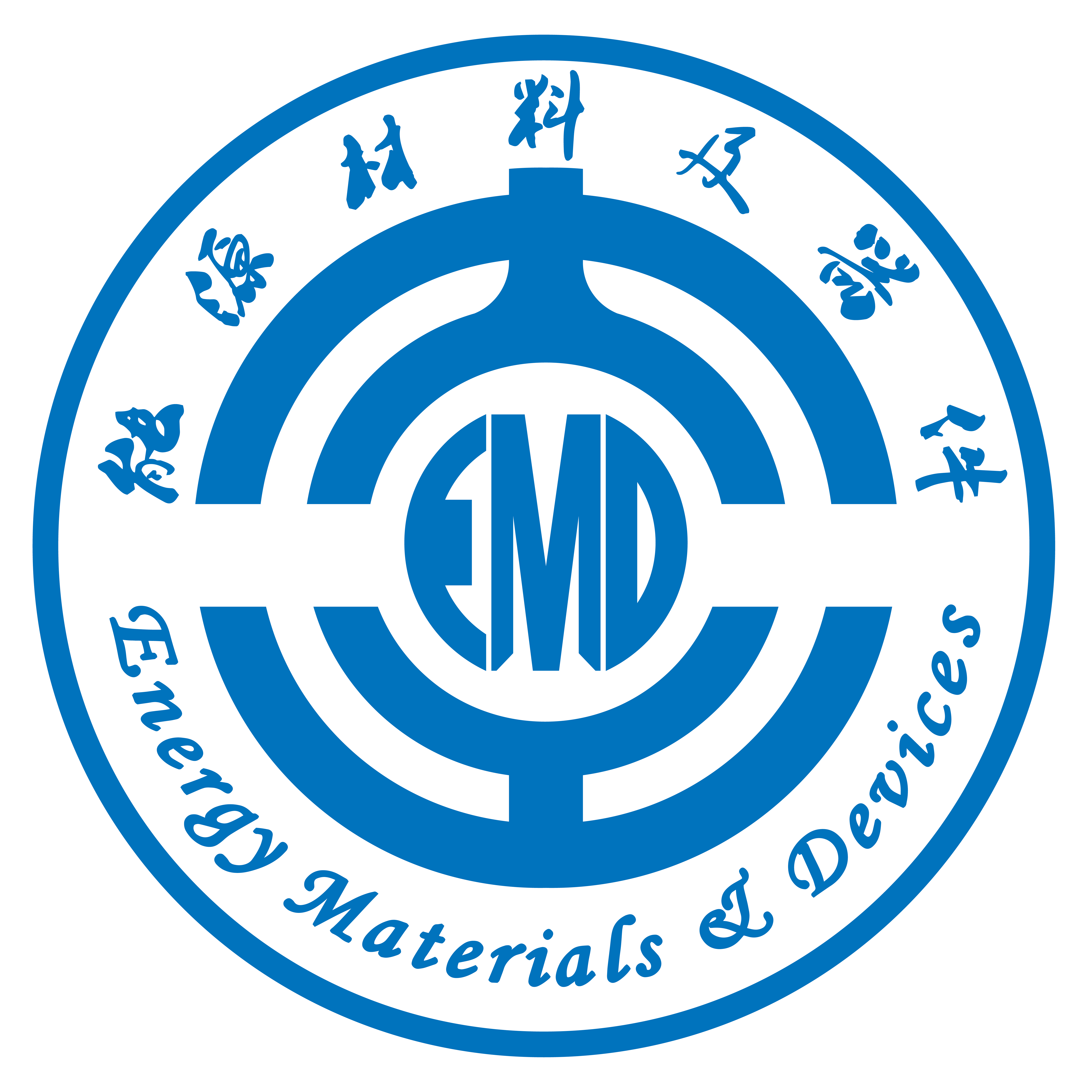Abstract: Metal carbide is a crucial reinforcing phase in Ni-base superalloys and plays a significant role in determining their mechanical properties. However, the interface between metal carbide and matrix is often considered as the starting point for crack formation in Ni-base superalloys. In this study, we have introduced nano-TiC into Ni-Cr-W superalloys through a casting method with varying nano-TiC content. The introduction of nano-TiC promoted the formation of MC carbides and restrained their growth by providing more nucleation sites for their formation. Additionally, it reduced the interfacial area between MC carbides and the matrix alloy. The impact of different nano-TiC contents on the microstructure and mechanical properties are also discussed for the Ni-Cr-W superalloys. The equiaxed crystal structure of the Ni-Cr-W superalloys has transformed from columnar to equiaxed due to the introduction of nano-TiC. The refinement of grains, dendrites, and MC carbides is more apparent, and the high-temperature tensile strength and yield strength significantly increased. The in-situ formation of MC carbides with nano-TiC as a nucleation matrix and the suppression of crystal growth contributed to the refinement of the crystal structure and improved the grain boundary strength. This work provides novel insights into the development of high-strength and high-toughness nickel matrix composites.
https://doi.org/10.1016/j.mtcomm.2024.108262

